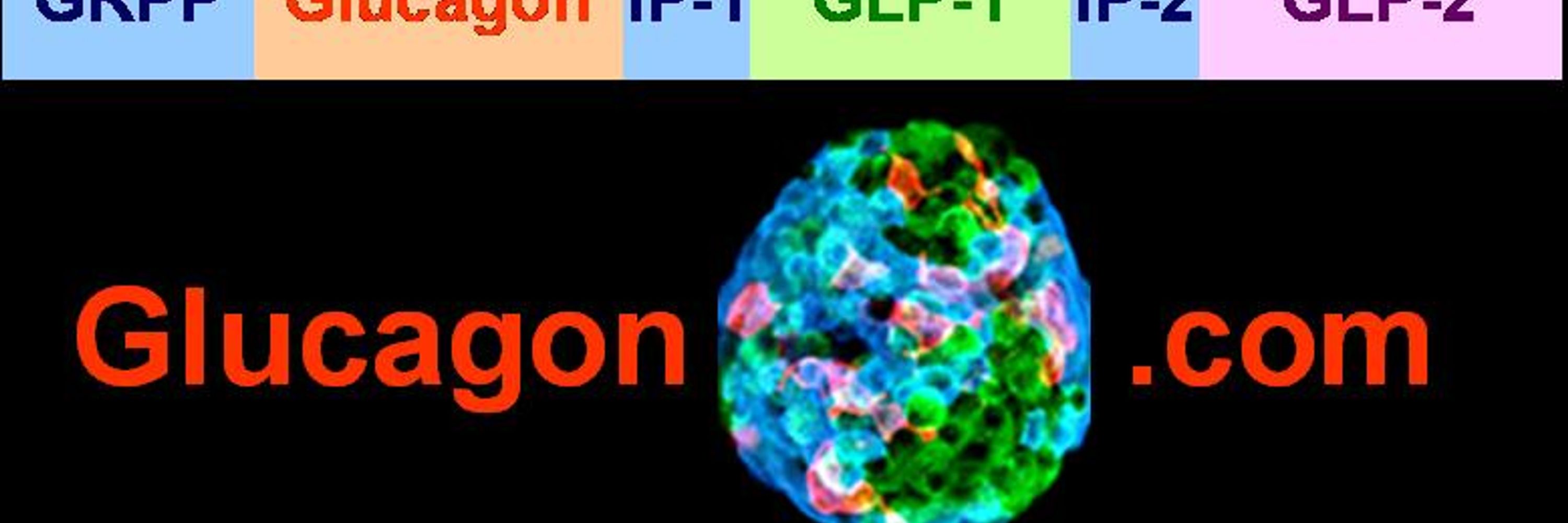Daniel Drucker
@danieljdrucker.bsky.social
1.1K followers
170 following
910 posts
A clinician scientist at LTRI @sinaihealth studying Glucagon, GIP, GLP-1, GLP-2, diabetes, obesity, metabolism and the gut endocrine system
Posts
Media
Videos
Starter Packs























